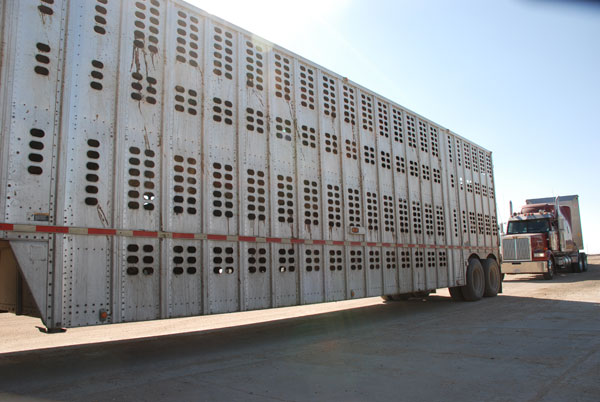Cash trading makes the market go lower than it should at times and higher than it should at times, which creates volatility.
August 27, 2020

For six years, I bought cattle for a small beef packer in Colorado. I bought two ways - on a weekly spot cash basis and on a set advance formula basis.
Some call it grid pricing or captive supply or marketing agreements, but I just called it an agreed-upon formula that was negotiated quarterly and based on several factors. The formula I used to buy cattle was based on the market price for live cattle. It factored in the prices for the boxed beef cutout, plus had an overage for high quality cattle and a deduction for low quality cattle.
This formula was fair as it allowed me, as the buyer, to deduct for cattle that graded Select instead of Choice, or were Yield Grade 3 or 4, or that that had bloodshot or dark cutter carcasses. For cattle that were Yield Grade 1 or 2 and graded high Choice or Prime, an overage was paid on the formula.
This formula worked well for most of the cattle that I bought. It was fair to me, the beef packer and to the producers and it kept emotional, subjective speculation out of the transaction.
But I didn’t buy all the cattle on formula. I negotiated weekly on a cash basis for the extra loads that my plant needed.
When I needed cattle, because boxed beef demand and prices were worthy, I’d pay up for spot loads. Much of the time, these loads cost more than the formula priced loads. Cash prices shot up.
When I didn’t need cattle—because the boxed beef cutout pricing wasn’t keeping up with live cattle prices, or when demand for boxes was sluggish—I’d lay low and let my cattle sellers call me with offers. Sometimes I’d buy nothing. Cash prices would cave.
It was all simple supply and demand economics that determined the prices.
I recently spoke to a friend who buys a lot of cattle on weekly basis, both on formula and cash. I asked him about grid/formula pricing vs. cash pricing for cattle. His experience is like mine.
He explained that if you’re going to need say, 50,000 head of cattle on a weekly basis and you have agreements with the largest cattle feeders in the country to buy say, 95% of the cattle you need on formula, that only leaves 5% of the cattle you need weekly on a cash basis. This low amount of cash cattle needed, will drive cash prices down, creating volatility.
But then the market changes and in say, six weeks, and you could be buying just 80% of your cattle on formula and the rest on cash. If the demand for boxed beef is strong, you need to buy cattle, as you’re competing with other large buyers on the cash market. The market gets crowded and noisy.
The bottom line is that cash trading makes the market go lower than it should at times and higher than it should at times, which creates volatility.
This was my experience also. Now some economists may not agree, but when you’re sitting in the cattle buyers chair daily, you’ll find that buying more loads on cash creates more unnecessary havoc in the marketplace but it doesn’t lead to overall better prices for producers.
Price determination is as simple as supply and demand and the lessons you learned in your freshman Econ 101 class.
Bloom is owner of U.S. Protein, an international distributor of premium meats. Contact him at [email protected]. The opinions of the author are not necessarily those of beefmagazine.com or Farm Progress.
You May Also Like



